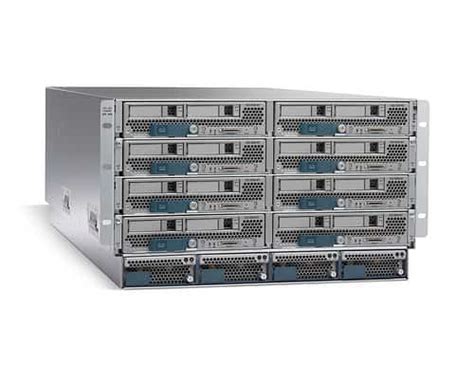A-Game: When I discuss my A-Game it’s my go to hardware vendor for a specific data center component. For example I have an A-Game platform for: Storage SAN LAN (access Layer LAN specifically, you don’t want me near your aggregation, core or WAN) Servers and Blades (traditionally this has been…
Category: Technical Deep Dive
FCoE initialization Protocol (FIP) Deep Dive
In an attempt to clarify my future posts I will begin categorizing a bit. The following post will be part of a Technical Deep Dive series. Fibre Channel over Ethernet (FCoE) is a protocol designed to move native Fibre Channel over 10 Gigabit Ethernet and above links, I’ve described the…
HP Flex-10, Cisco VIC, and Nexus 1000v
When discussing the underlying technologies for cloud computing topologies virtualization is typically a key building block. Virtualization can be applied to any portion of the data center architecture from load-balancers to routers, and from servers to storage. Server virtualization is one of the most widely adopted virtualization technologies, and provides…
Post defining VN-Link
For the Cisco fans or those curious about Cisco’s VN-Link see my post on my colleagues Unified Computing Blog: http://bit.ly/dqIIQK. Related posts: Shakespearean Guest Post Data Center Bridging Exchange Inter-Fabric Traffic in UCS Server Networking With gen 2 UCS Hardware HP Flex-10, Cisco VIC, and Nexus 1000v
Fibre Channel over Ethernet
Fibre Channel over Ethernet (FCoE) is a protocol standard ratified in June of 2009. FCoE provides the tools for encapsulation of Fibre Channel (FC) in 10 Gigabit Ethernet frames. The purpose of FCoE is to allow consolidation of low-latency, high performance FC networks onto 10GE infrastructures. This allows for a…
Data Center Bridging Exchange
Data Center Bridging Exchange (DCBX) is one of the components of the DCB standards. These standards offer enhancements to standard ethernet which are backwards compatible with traditional Ethernet and provide support for I/O Consolidation (http://www.definethecloud.net/?p=18.) The three purposes of DCBX are: Discovery of DCB capability: The ability for DCB capable…
Storage Protocols
Storage is a major consideration for cloud initiatives; what type of disk, which vendor, and as importantly which protocol? Experts will tout one over the other based on cost, performance, throughput, etc. Let’s take a look at the major storage protocols at play in the data center: Small Computer System…
Data Center Bridging
Data Center Bridging (DCB) is a group of IEEE standard protocols designed to support I/O consolidation. DCB enables multiple protocols with very different requirements to run over the same Layer 2 10 Gigabit Ethernet infrastructure. Because DCB is currently discussed along with Fibre Channel over Ethernet (FCoE) it’s not uncommon…
